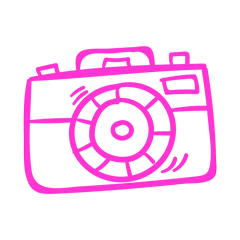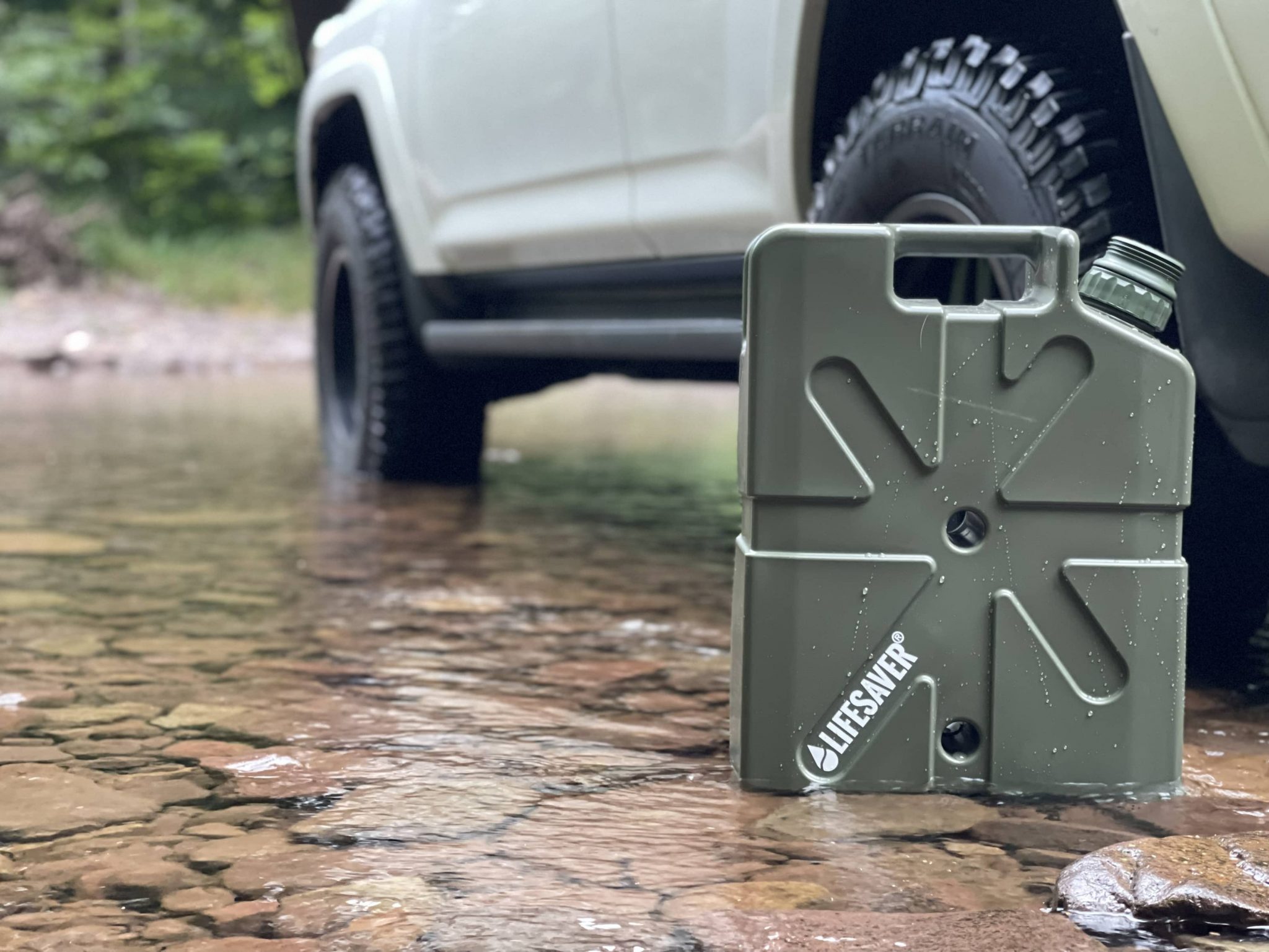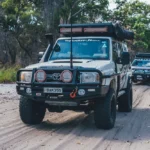Staying hydrated is one of the most critical aspects of a successful overlanding adventure. Whether you’re traversing deserts, mountains, or remote forest trails, access to clean, safe drinking water can make the difference between an enjoyable journey and a dangerous situation. Overlanding water storage and filtration systems are essential tools for anyone serious about long-distance travel over land.
This comprehensive guide covers everything you need to know about overlanding water storage, portable water systems, filtration methods, and hydration strategies to keep you safe, comfortable, and energized on the road.
Introduction
Water is fundamental for survival, yet it is often one of the most overlooked aspects of overlanding planning. Solo travelers and group adventurers alike need to plan for:
- Quantity: Carrying enough water to meet hydration, cooking, and cleaning needs.
- Quality: Ensuring the water is safe to drink, free from pathogens, chemicals, and debris.
- Accessibility: Having water storage systems that are easy to use and transport.
The right combination of water storage and filtration can reduce stress, prevent dehydration, and enable a longer, safer journey in remote areas.
Understanding Water Needs for Overlanding
The amount of water needed on an overland trip depends on several factors:
- Duration of travel: Longer trips require larger storage capacities.
- Climate and environment: Hot, dry conditions increase daily water requirements.
- Activity level: Off-road driving, hiking, and other strenuous activities increase consumption.
- Number of travelers: Group travel multiplies water requirements significantly.
General guidelines:
- Adults: 3–4 liters per person per day (for drinking alone).
- Cooking and cleaning: Add 2–3 liters per person per day.
- Emergency reserve: At least 1–2 extra liters per person per day.
Planning ahead prevents shortages and ensures that you maintain adequate hydration even in the most remote locations.
Types of Water Storage Solutions
Selecting the right water storage system is crucial for overlanding. The most common solutions include portable water tanks, water bladders, and jerry cans.
Portable Water Tanks
Portable water tanks are durable, easy to fill, and ideal for vehicle-mounted or stationary setups.
Features:
- Large capacity (20–100 liters or more)
- Often fitted with spigots or hoses for easy dispensing
- Made of food-grade, BPA-free materials
Pros:
- Reliable for long-term storage
- Easy to clean and sanitize
- Can be mounted inside or outside vehicles
Cons:
- Bulkier than bladders or jerry cans
- Heavier when full
Recommended Products:
- Front Runner Pro Water Tank (42L) – durable, compact, and vehicle-mountable
- Tecoom 8-Gallon Pressurized Water Tank – ideal for small vehicles or tents
Water Bladders
Water bladders are flexible storage containers, often made of lightweight, food-grade plastic.
Advantages:
- Easy to pack when empty
- Can fit into tight spaces
- Lightweight and portable
Tips:
- Always rinse thoroughly before use
- Keep away from direct sunlight to prevent algae growth
- Use with gravity-fed or pump systems for easier dispensing
Recommended Products:
- Hydrapak Seeker Water Bladder – durable and leak-resistant
Jerry Cans
Jerry cans are a traditional choice for overlanders, valued for their ruggedness and durability.
Features:
- Typically 5–20 liters in size
- Constructed from heavy-duty plastic or metal
- Simple and robust design
Pros:
- Extremely durable
- Resistant to punctures and leaks
- Easy to stack or store
Cons:
- Heavier when full
- Limited dispensing options without extra taps or pumps
Recommended Products:
- Wavian 5-Gallon Jerry Can – military-grade and leak-proof
Table: Comparison of Overlanding Water Storage Options
| Storage Type | Capacity | Portability | Durability | Best Use Case |
|---|---|---|---|---|
| Portable Tank | 20–100 L | Medium | High | Vehicle-mounted, basecamp setup |
| Water Bladder | 5–40 L | High | Medium | Tight spaces, lightweight travel |
| Jerry Can | 5–20 L | Medium | Very High | Rugged, long-term storage |
Water Filtration and Purification Methods
Having water is not enough; it must be safe to drink. Overlanders rely on three primary methods: mechanical filters, UV purifiers, and chemical treatments.
Mechanical Filters
Mechanical filters remove bacteria, protozoa, and debris from water.
Benefits:
- Quick and reliable
- Portable and reusable
- Effective against most pathogens
Recommended Products:
- Guzzle H2O Stream Filtration System – compact and high-flow
- Sawyer Mini Filter – lightweight and ideal for solo travel
Maintenance Tips:
- Rinse after every use
- Replace cartridges according to manufacturer guidelines
UV Purifiers
UV light destroys bacteria, viruses, and protozoa in water.
Benefits:
- Fast treatment (usually under 90 seconds)
- Portable and easy to use
- No chemicals required
Recommended Products:
- SteriPEN Ultra – durable and rechargeable
- Use clear water for best results
Usage Instructions:
- Stir water slowly while irradiating
- Ensure full exposure to UV light
- Check batteries regularly
Chemical Treatments
Chemical treatments such as iodine or chlorine dioxide drops can disinfect water.
Benefits:
- Lightweight and inexpensive
- Effective against bacteria and viruses
Safety Tips:
- Follow the exact dosage instructions
- Wait the recommended time before drinking
- Store chemicals away from heat and sunlight
Recommended Products:
- Aquamira Water Treatment Drops – safe and portable
Combining Storage and Filtration Systems
Many overlanders combine storage and filtration for efficiency:
- Fill a portable tank or bladder and attach a mechanical filter
- Use UV or chemical treatments as a backup
- Keep jerry cans for emergency reserves
Recommended Combined System:
- Guzzle H2O Overland Bundle – includes storage, pump, and filtration in one package
Overland Hydration Tips
Proper hydration goes beyond storage and filtration.
Strategies:
- Drink small amounts regularly, not just when thirsty
- Monitor urine color as a hydration indicator
- Use insulated containers to prevent extreme temperatures
- Conserve water by minimizing unnecessary washing and cooking water use
Table: Hydration Guidelines for Overlanders
| Activity Level | Climate Type | Recommended Daily Water (per person) |
|---|---|---|
| Low (camping, driving) | Mild | 3 liters |
| Moderate (hiking, off-road) | Warm | 4–5 liters |
| High (desert, high heat) | Hot | 5–7 liters |
Maintenance and Care of Water Systems
Maintaining your water systems ensures safety and longevity:
- Cleaning: Wash tanks and bladders after each trip
- Filter replacement: Change cartridges per usage or manufacturer recommendation
- UV purifier care: Replace bulbs when efficiency declines
- Storage: Keep empty containers clean, dry, and away from sunlight
Frequently Asked Questions (FAQ)
How much water should I carry for a 3-day trip?
- Minimum 3–4 liters per day per person for drinking, plus 2–3 liters for cooking and cleaning. Include an emergency reserve.
Can I use river or lake water for drinking?
- Only after proper filtration or chemical treatment. Untreated water can contain harmful pathogens.
How do I prevent algae growth in my water tank?
- Keep tanks out of sunlight, clean regularly, and empty unused water after trips.
What is the best portable water tank for overlanding?
- Front Runner Pro Water Tank (42L) or Tecoom 8-Gallon Pressurized Tank – both durable and convenient.
Conclusion & Call to Action
Effective overlanding water storage and filtration is vital for safety, comfort, and overall enjoyment on the road. By planning your water needs, selecting the right storage systems, and using reliable filtration methods, you can stay hydrated and prepared even in the most remote locations.
Always plan ahead, maintain your equipment, and carry an emergency reserve. Safe hydration is not optional—it’s essential.
Ready to upgrade your water systems for your next overlanding adventure? Explore our recommended gear, implement filtration strategies, and ensure your journey is safe, comfortable, and fully hydrated. Check out our Overlanding Recovery Gear guide for essential tools to keep your entire trip secure and worry-free.








